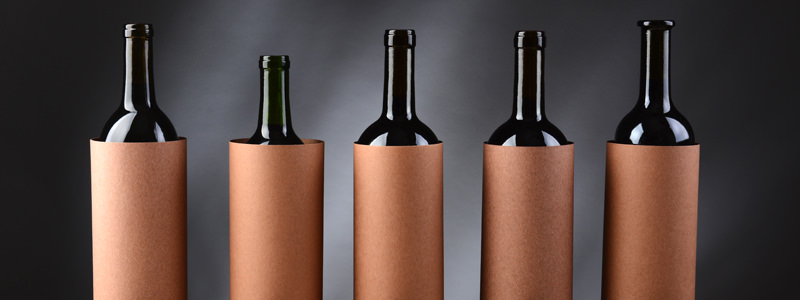There are a lot of people out there trying to prove to you that a cheap bottle of wine is better than an expensive one – or to be more blunt, that spending money on wine is for suckers. And the motivation behind it makes a ton of sense, no one wants to pay more if they don’t have to. But by continuing to conduct these “studies” we keep reinforcing the idea that expensive wine across the board – and by expensive I mean wine over about $25 – is ripping you off without delivering much payoff in terms of quality and flavor. But it’s much more complicated than the studies most of these claims site. Cheap wine can be great and vice versa! Expensive wine can be great and vice versa! The deciding factor is the science of your palate preference and its interaction with wine, not the science of a web study.
Vino is romantic. Whether sipping a bottle on a date or gathering with friends in the park, this natural phenomenon called wine connotes the good life. When we start worrying about the price point versus the quality we lose that romance. We are now making decisions based on graphs and charts and data. When you buy a TV on Amazon you probably read many reviews and try your best to get the best value to quality ratio for the item. Makes sense. You are about to invest in a product that will, one hopes, last at least five years. You could spend hours, even days, looking at data from competing manufacturers before you finally decide. While data is very helpful for buying electronics, would you use data to determine whether or not you personally prefer eating a Filet, New York Strip, Bone In Ribeye or mushroom caps? Probably not, because data isn’t a great indicator of your own personal tastes. Should the same approach we take for buying electronics be used for wine purchasing? NO!
Not only is wine romantic but it is also social. Whether we are sipping wine with friends or having a glass with dinner alone, wine compels us to think about what it is doing to our brains and palates. If I am alone having a bite to eat and a glass of wine, I may find myself thinking out loud about how the pairing works with the dish. I know I may sound like Milton Waddams mumbling to no one at all but hey, that’s what wine does to me. If wine is social why should we be looking at charts and graphs and watching videos trying to prove that cheap wine is just as good if not sometimes better than expensive wine?
Don't Miss A Drop
Get the latest in beer, wine, and cocktail culture sent straight to your inbox.With wine, perception of the actual person drinking the wine is what’s most important. It’s why ratings are also terrible, they reflect the taste preferences of a select group of individuals – they think that wine is worth 92 points, you may not. The same is true with these cheap vs. expensive wine “studies.” When most consumers are asked what they believe makes a wine of high-quality, a common answer is that the wine is “smooth.” More affordable bottles often take advantage of this understanding among consumers and engineer the wine by removing harsh tannins and acidity in favor of making it more palatable to a larger majority. At a higher price point, however, some wine drinkers are actually seeking out wines with high acidity or tannin levels, they’re looking for wines with a bit more complexity. These drinkers prefer these wines the same way certain scotch drinkers prefer the heavily smoked whiskeys of Islay to the smooth Highland blends. They may also be seeking a wine that is more age-worthy, which usually occurs at a threshold of $30 and higher. It’s their preference.
Data shmata. I love simple affordable wine and more complex higher-end bottles. If I am eating shellfish or oysters it doesn’t get much better than drinking a Picpoul de Pinet, a type of crisp, saline wine from the town of Pinet just inland from the Mediterranean Sea. You often find them tucked away quietly in the French section of wine shops and they range in price from $7 to $15 a bottle. It is such a pleasurable pairing with the slight ripe pear notes of the wine complementing the meatiness of an oyster or sea urchin. Then again there is also not much better than the same fare with a clean crisp and slightly weighty Chablis Premier Cru coaxed into being with no oak. The soft golden color and sharp green apple aromas alongside hints of gunflint as it ages is a wonderful companion to the briney flesh of a crustacean or an aromatic mussel dish. These wines start at around $20 for a decent example and go up into the hundreds for more focused, complex versions.
It comes down to what you’re in the mood for and how deep into the wine experience you want to go. If you are content to drink affordable wine then there is an ocean of awesome awaiting you. If you don’t mind shelling out some serious coin then there is an ocean for that as well. Instead of watching data heavy videos and reading charts, just talk to your wine merchant and have them guide you into your preference zone. Then decide how much you want to spend. I know it may feel risky on the higher end but a good somm, server or wine merchant should be able to find what you’re looking for in any price range. The result is that you now have an open dialogue with someone who knows your palate and if you want to up the ante on the next bottle they are your go-to.

